Increased Health Awareness
The rising awareness of health and fitness among the population appears to be a primary driver for the running gears market. As individuals increasingly prioritize physical well-being, the demand for quality running gear has surged. According to recent data, approximately 60% of adults in the US engage in regular physical activity, which includes running. This trend indicates a growing market for running shoes, apparel, and accessories. The running gears market is likely to benefit from this heightened focus on health, as consumers seek products that enhance their performance and comfort. Furthermore, fitness campaigns and community events promoting running are expected to further stimulate interest in running gear, potentially leading to increased sales and market growth.
Rise of Athleisure Fashion
The emergence of athleisure as a dominant fashion trend significantly influences the running gears market. Consumers are increasingly opting for versatile clothing that can transition from workout sessions to casual outings. This shift in consumer behavior suggests that running gear is no longer confined to athletic use but is also embraced in everyday fashion. The running gears market is likely to see a boost as brands innovate to create stylish yet functional products. Market data indicates that the athleisure segment has grown by over 30% in recent years, reflecting a shift in consumer preferences. This trend may encourage manufacturers to invest in design and technology, ensuring that running gear meets both performance and aesthetic demands.
Growing Participation in Running Events
The increasing participation in running events, such as marathons and fun runs, serves as a significant driver for the running gears market. With more than 20 million people in the US participating in running events annually, the demand for specialized running gear is likely to escalate. This trend indicates a robust market for performance-oriented products, including shoes, apparel, and accessories tailored for competitive runners. The running gears market is expected to benefit from this surge in event participation, as runners seek high-quality gear to enhance their performance. Additionally, the rise of virtual running events has further expanded the market, allowing individuals to engage in running activities from various locations.
Technological Innovations in Gear Design
Technological advancements in the design and manufacturing of running gear are reshaping the running gears market. Innovations such as moisture-wicking fabrics, enhanced cushioning systems, and smart technology integration are becoming increasingly prevalent. These developments not only improve the performance of running gear but also enhance the overall user experience. For instance, the introduction of smart shoes equipped with sensors that track performance metrics is gaining traction among tech-savvy consumers. The running gears market is likely to experience growth as these innovations attract a broader audience, including both seasoned runners and beginners. As consumers become more aware of the benefits of advanced gear, the demand for technologically enhanced products is expected to rise.
Influence of Social Media and Fitness Communities
The impact of social media and online fitness communities on the running gears market cannot be overlooked. Platforms such as Instagram and Facebook have become vital for promoting running culture and gear. Influencers and fitness enthusiasts often share their experiences with specific products, which can significantly sway consumer purchasing decisions. The running gears market is likely to see increased sales as brands leverage social media marketing strategies to reach targeted audiences. Furthermore, online communities foster a sense of belonging and motivation among runners, encouraging them to invest in quality gear. This trend suggests that the interplay between social media and consumer behavior will continue to shape the dynamics of the running gears market.


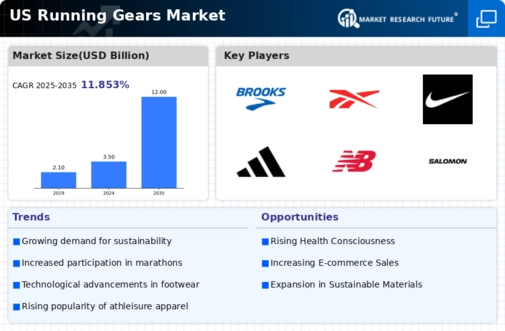
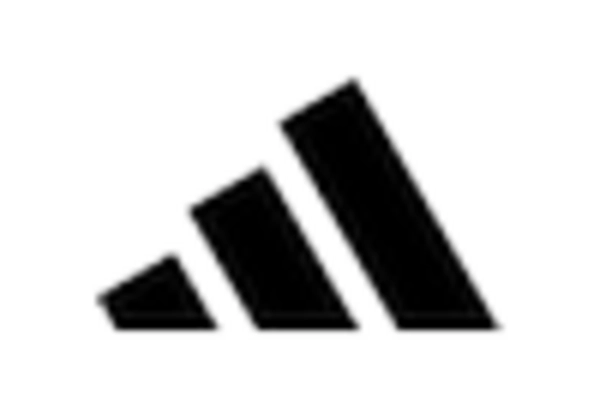
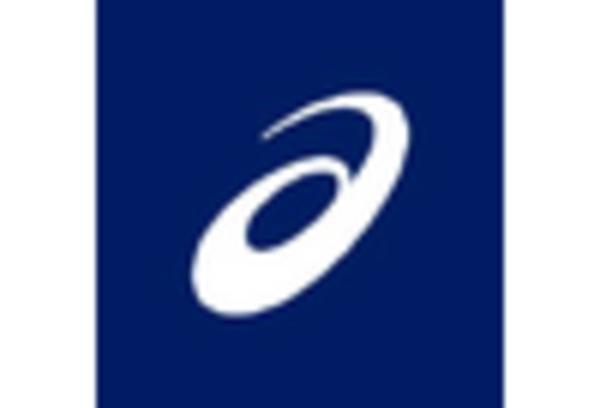
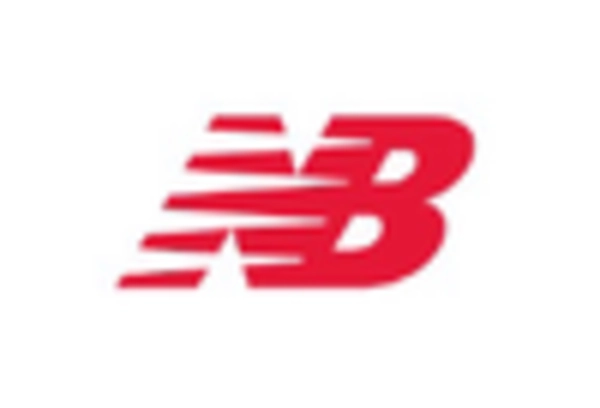
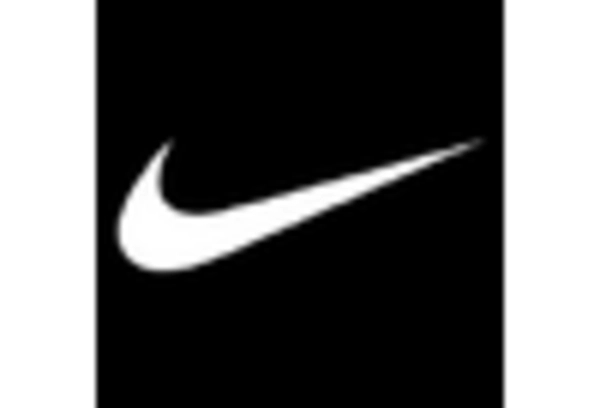
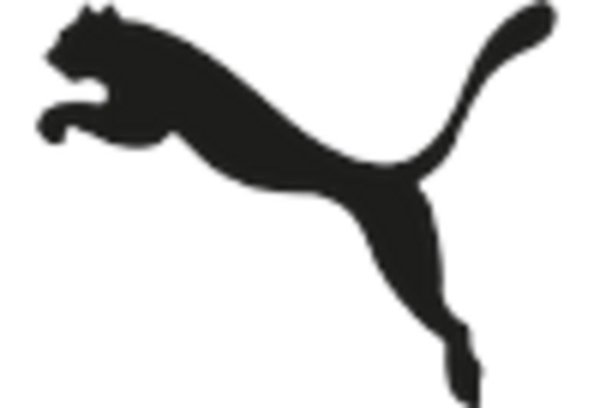
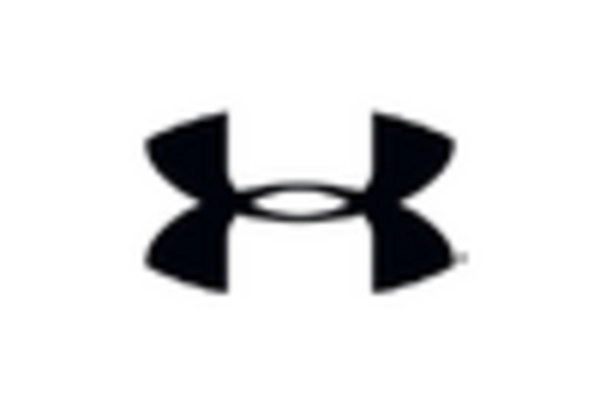








Leave a Comment